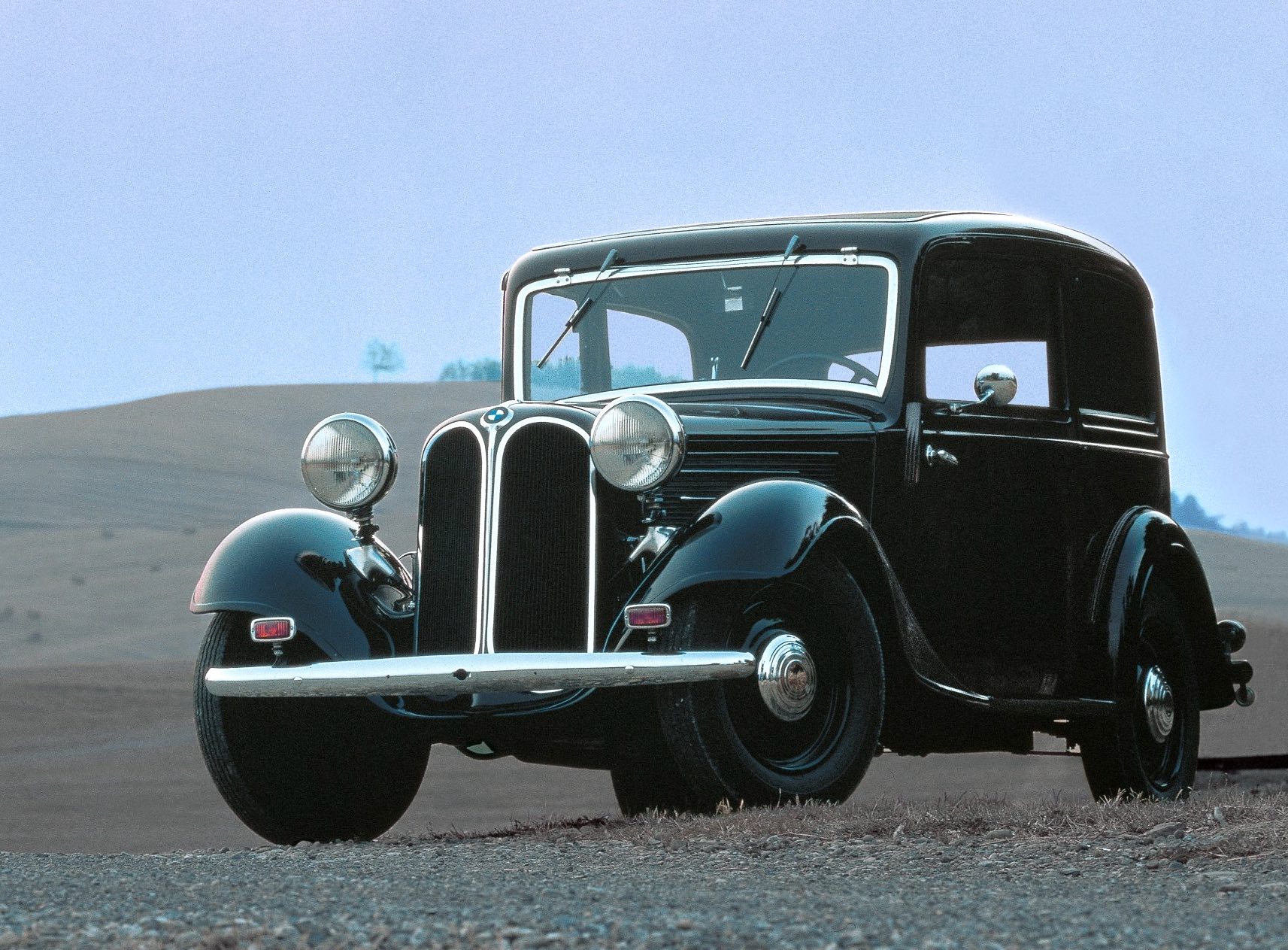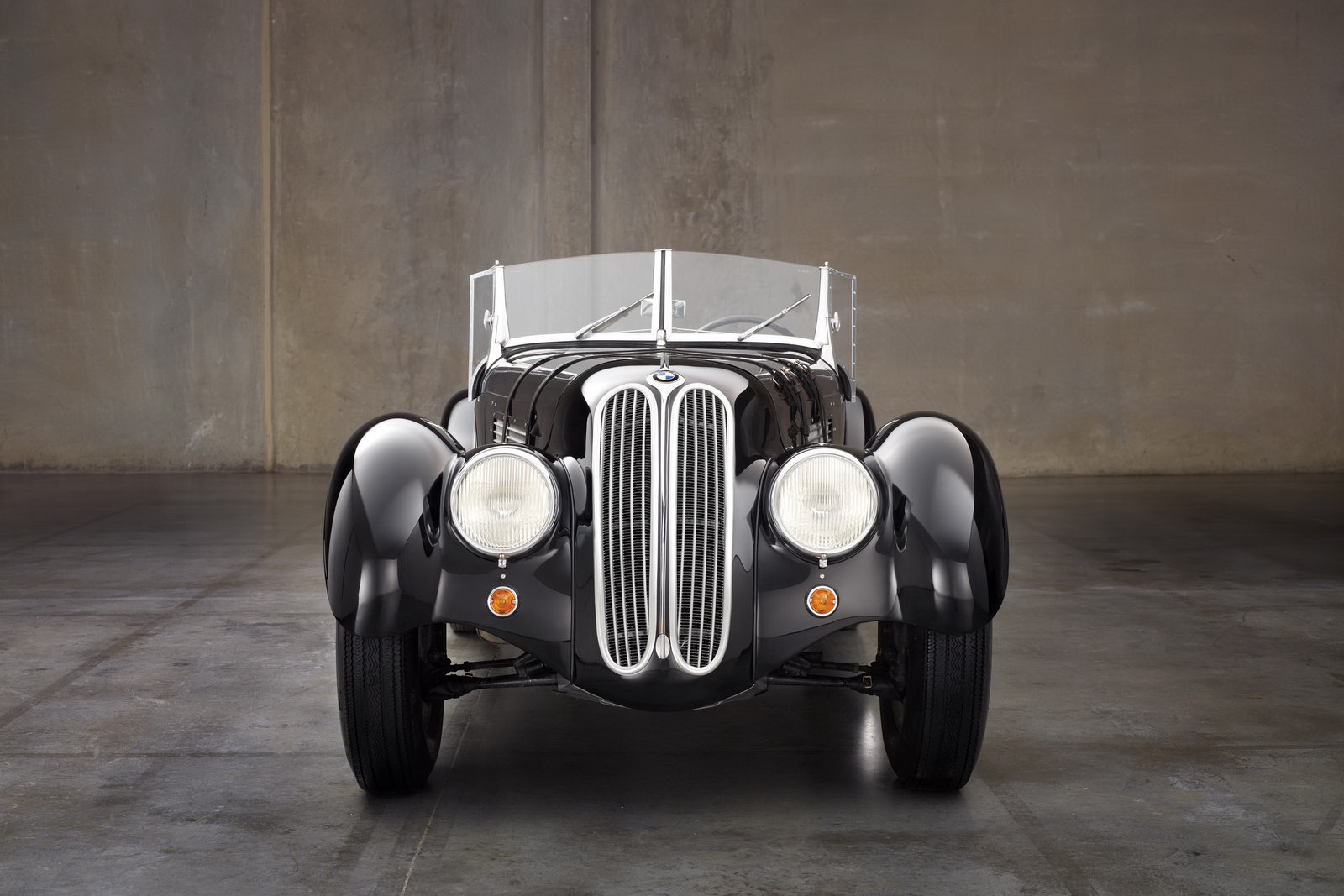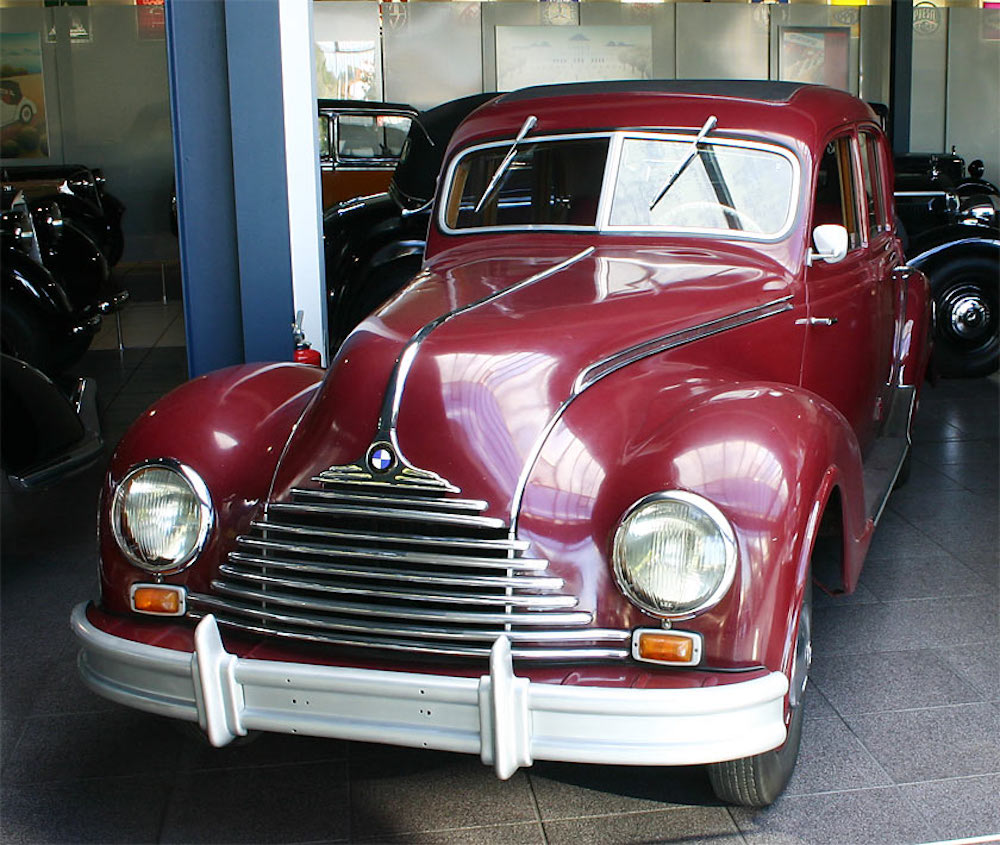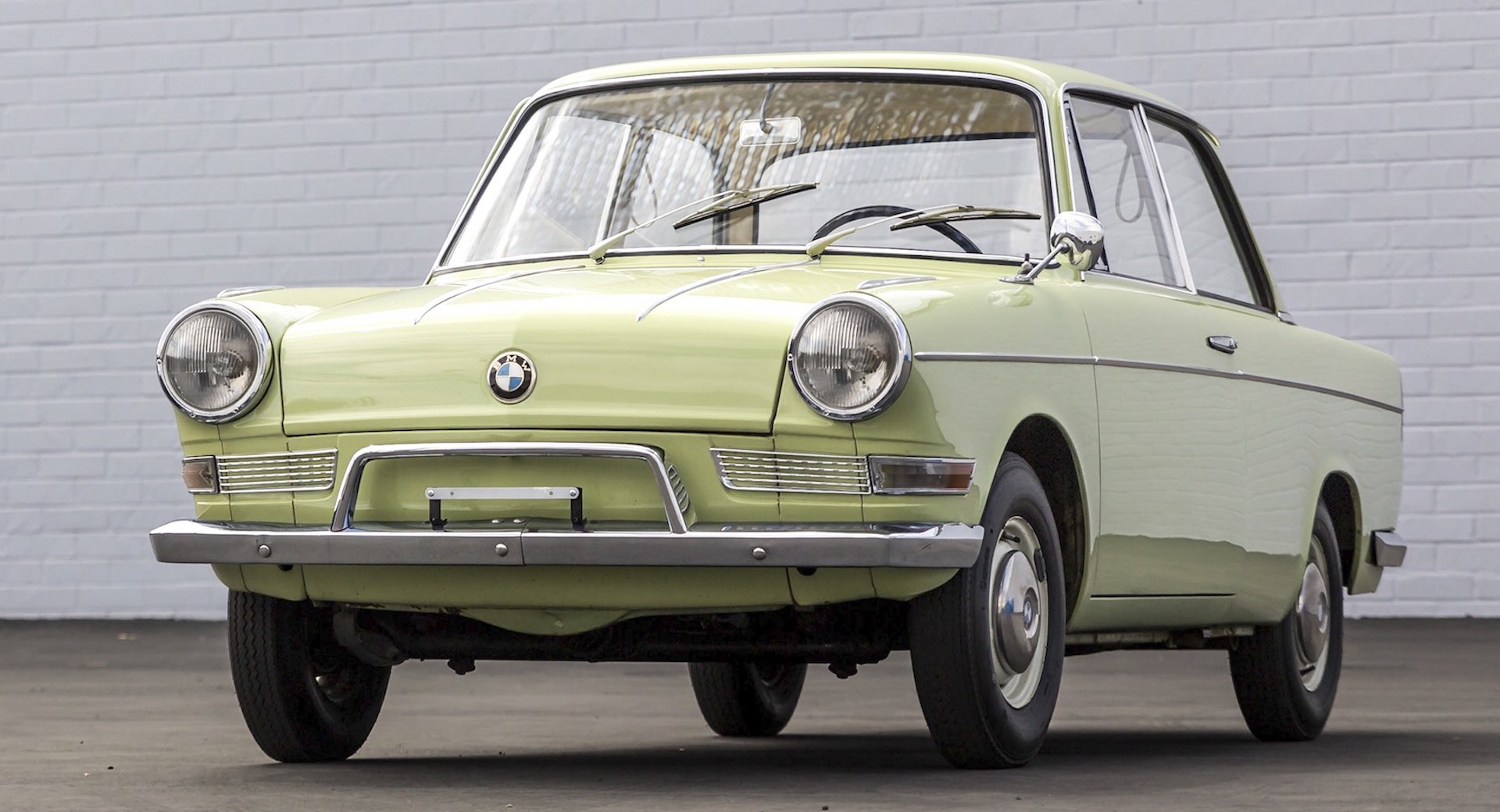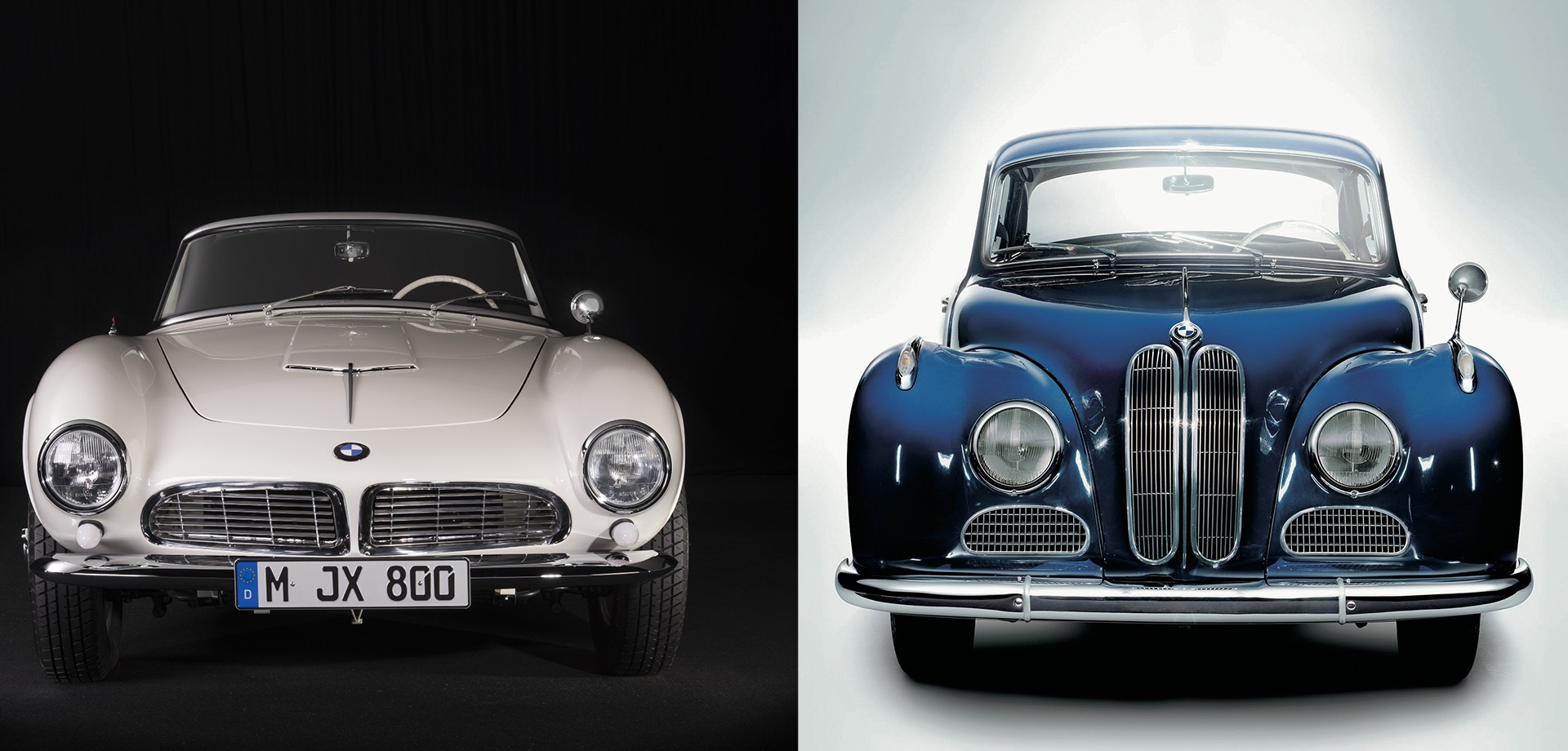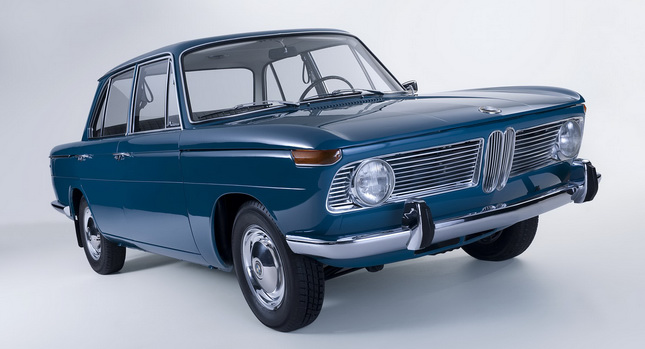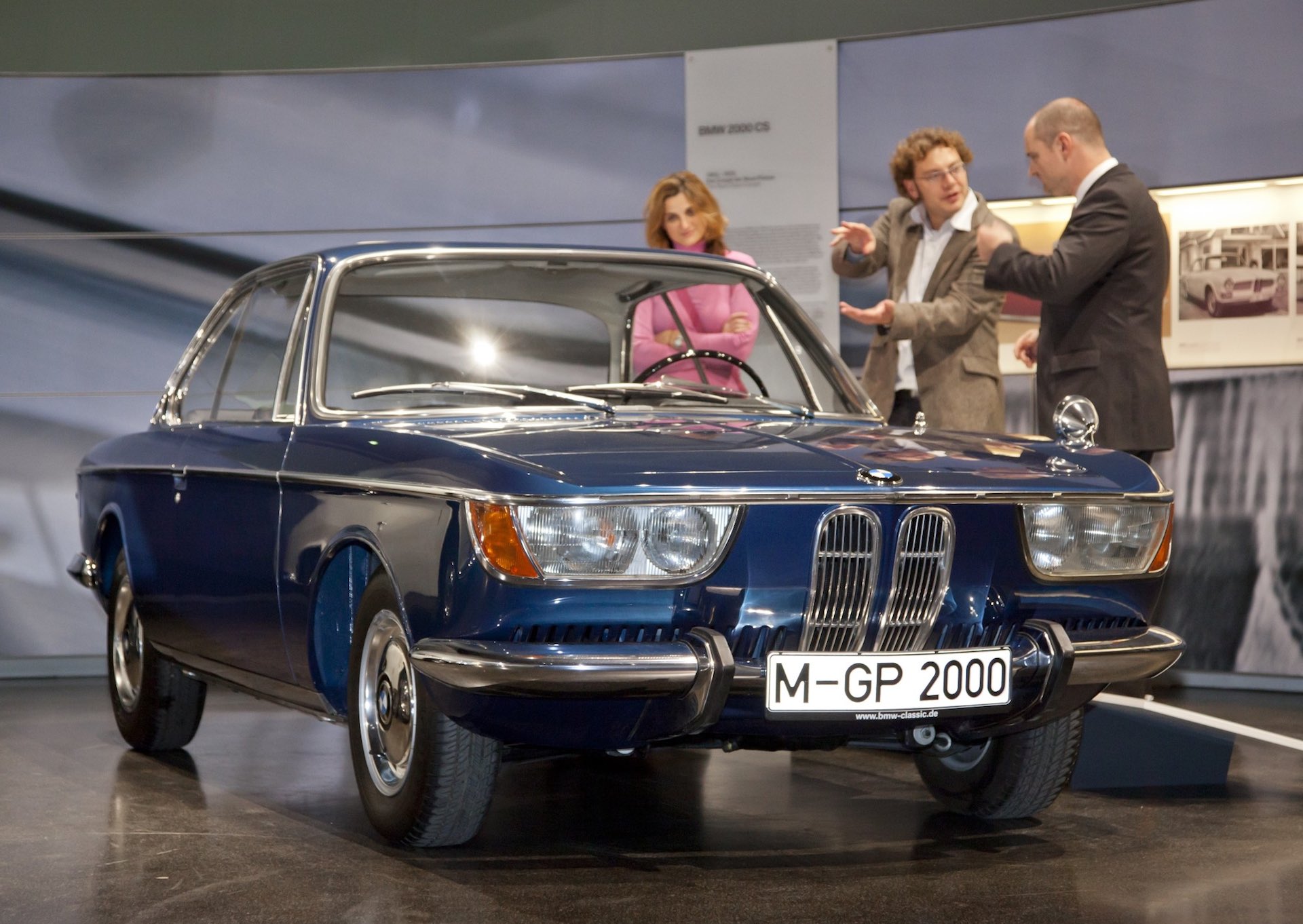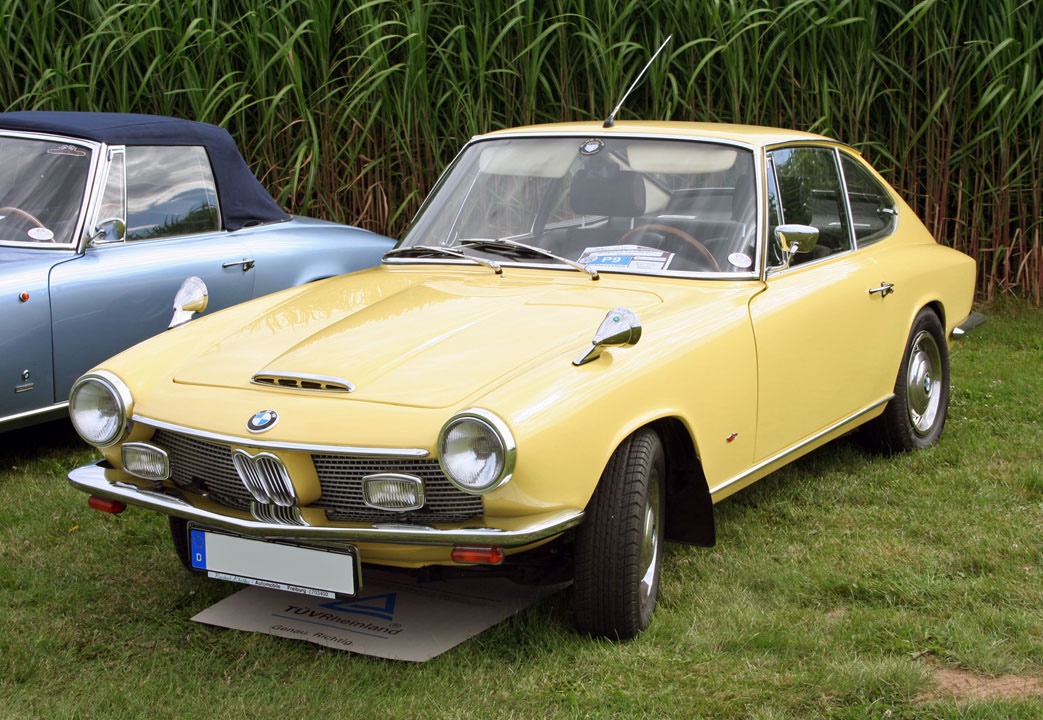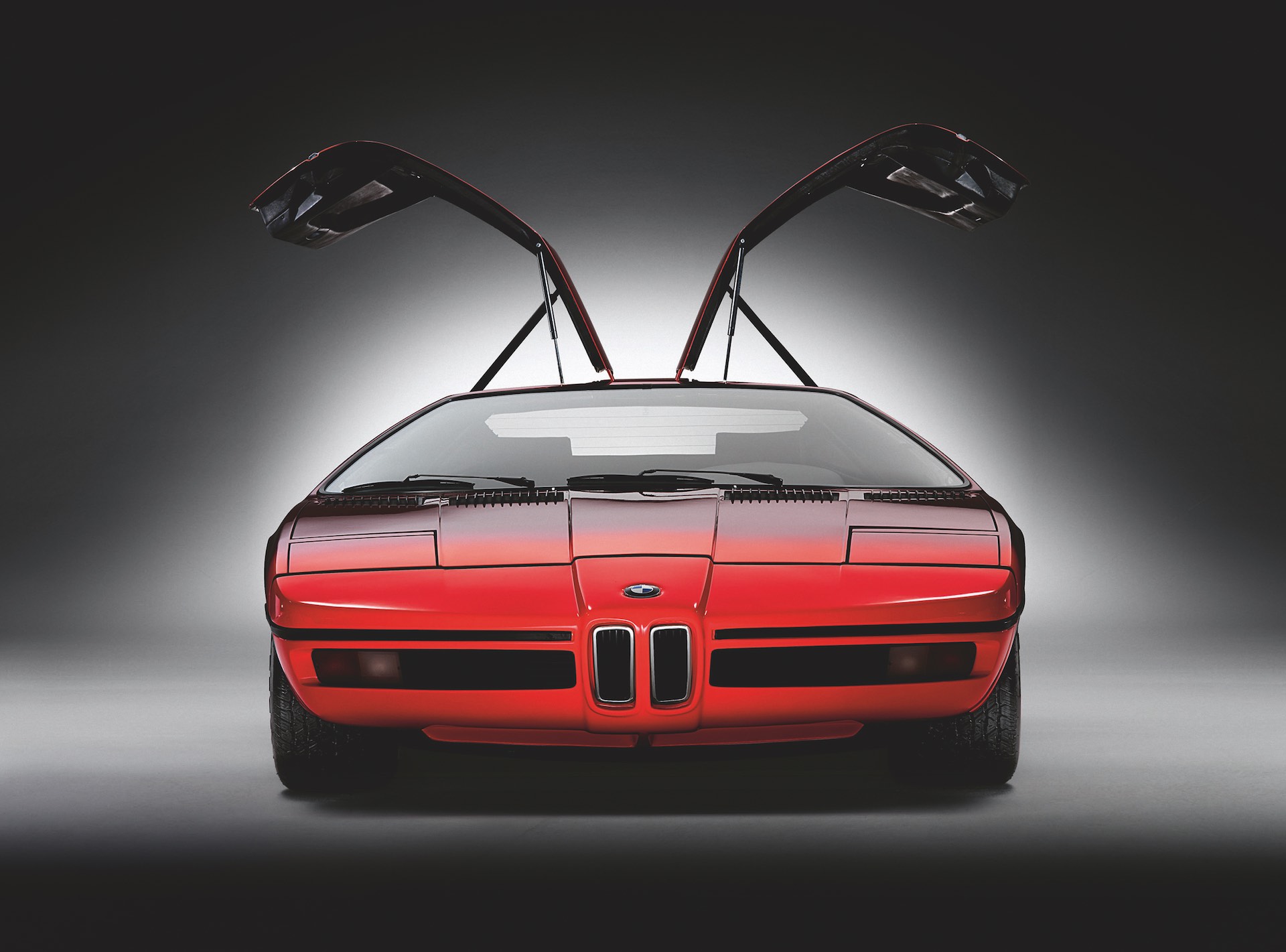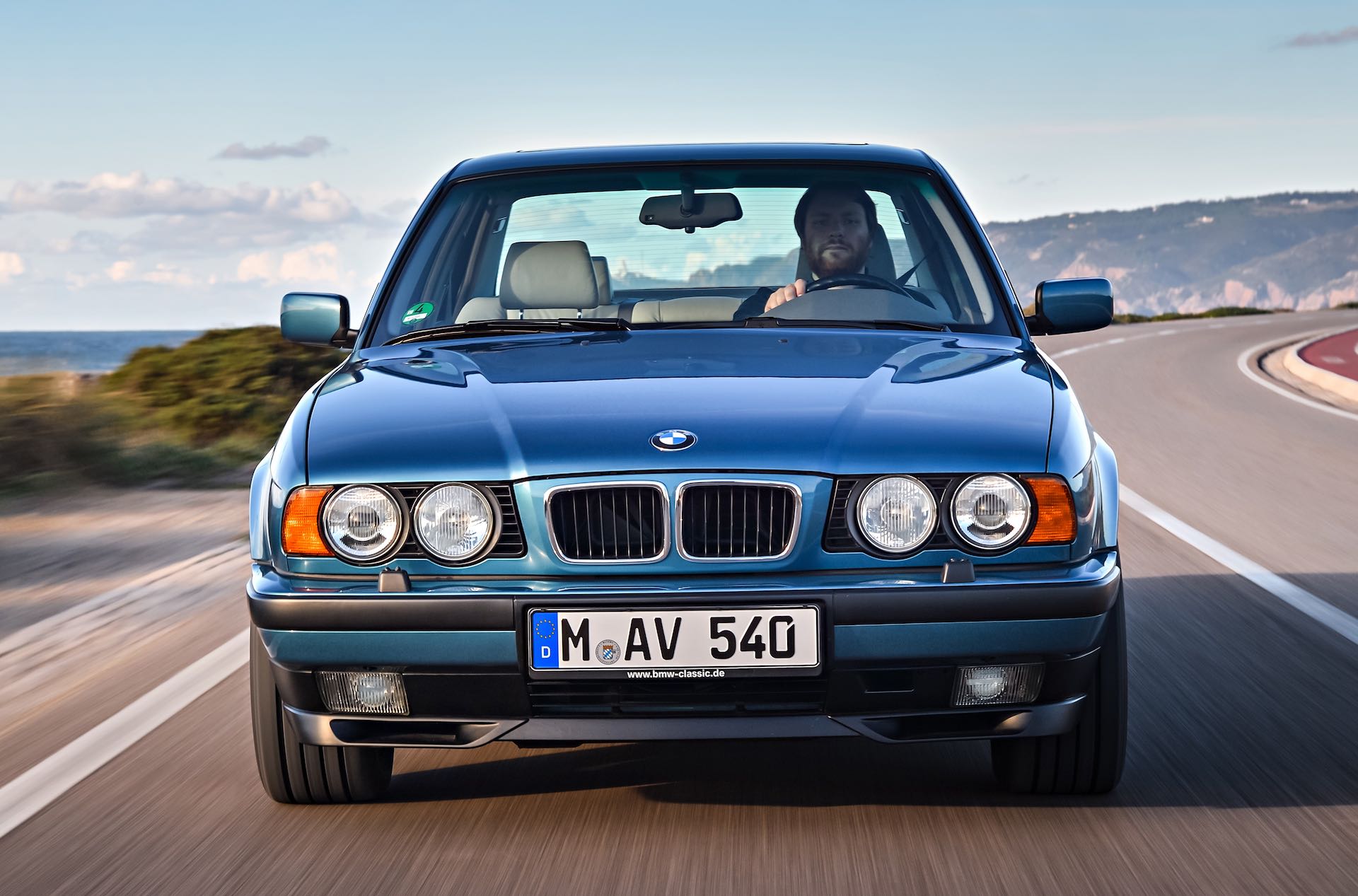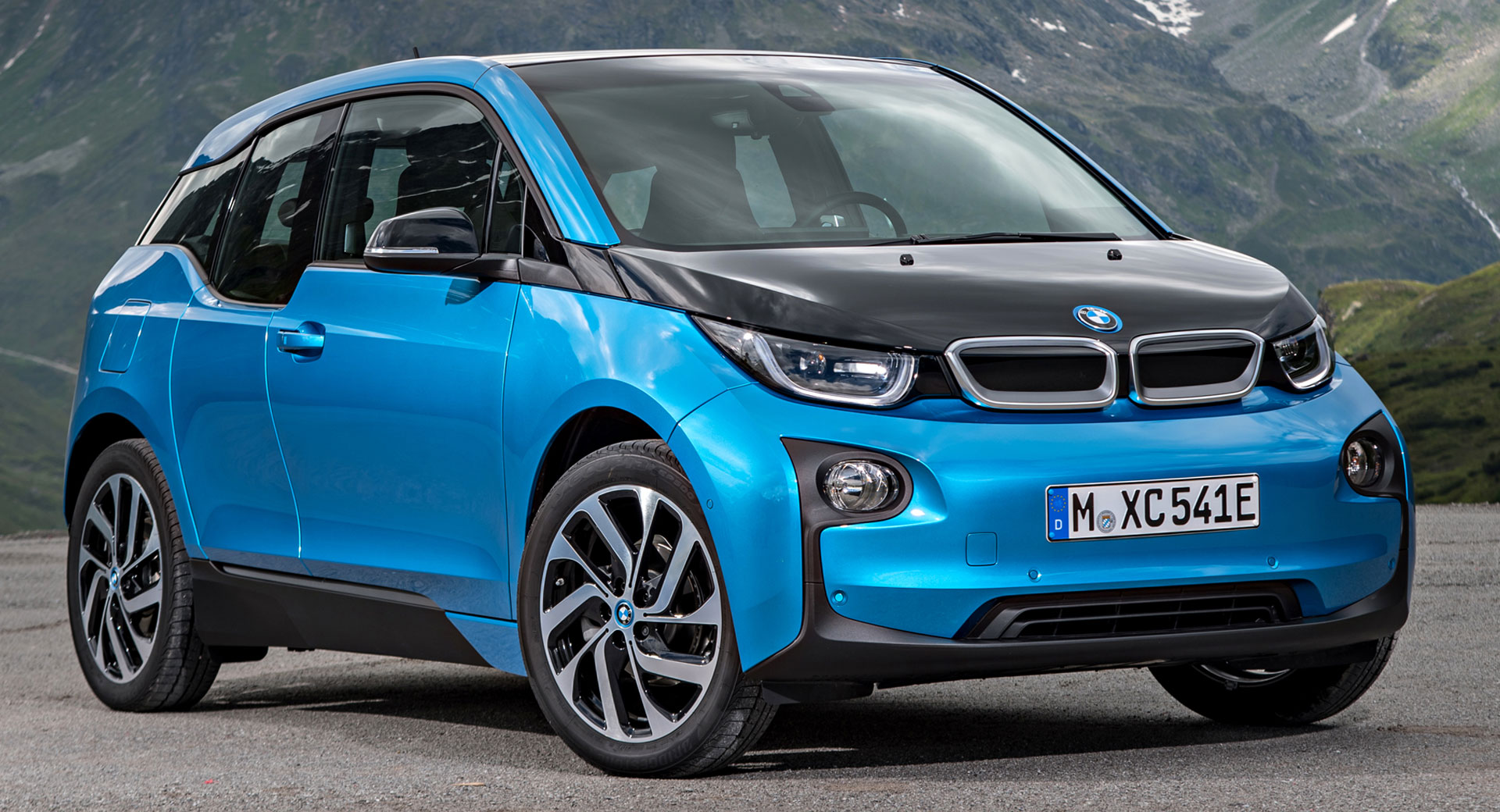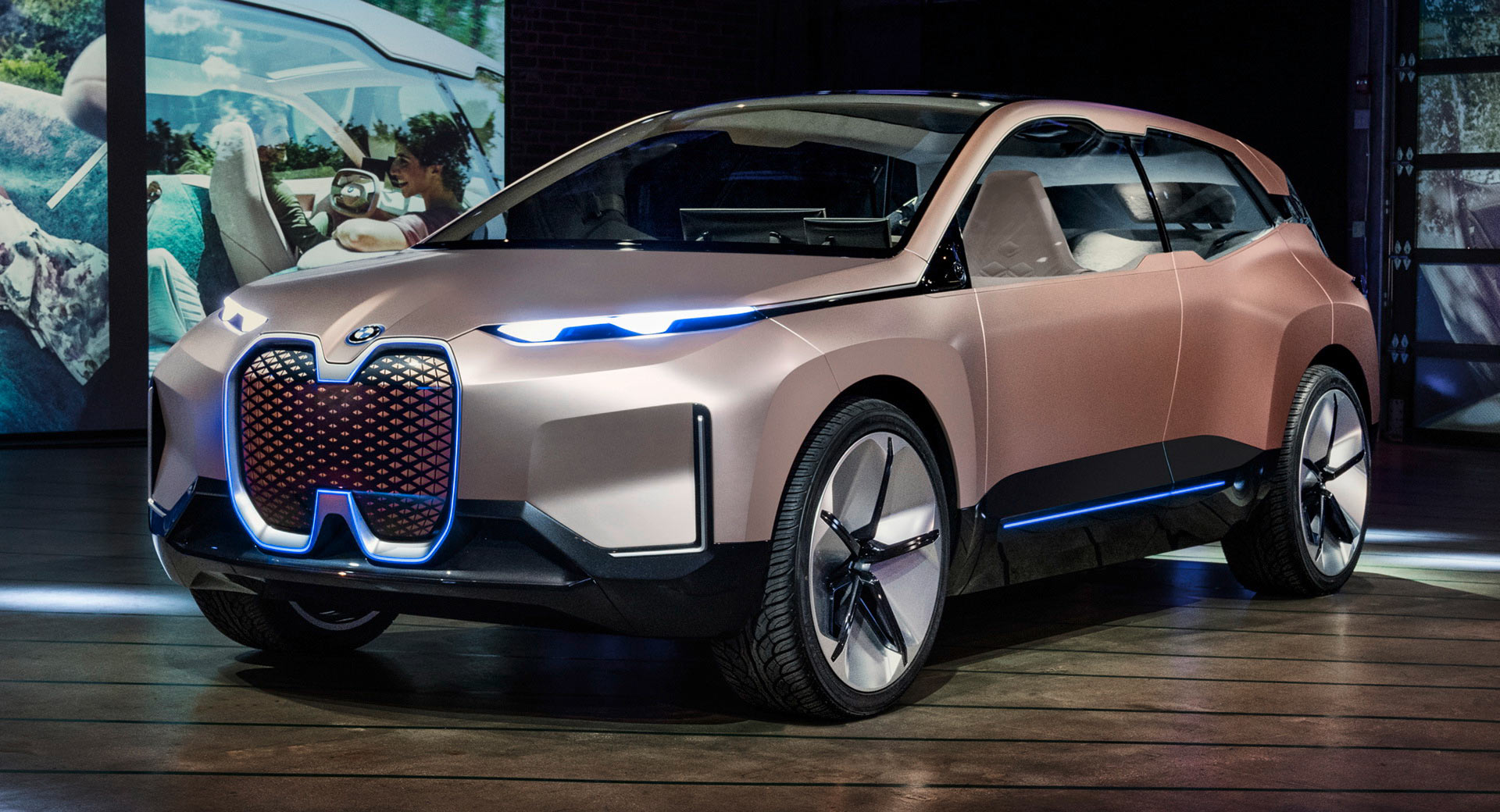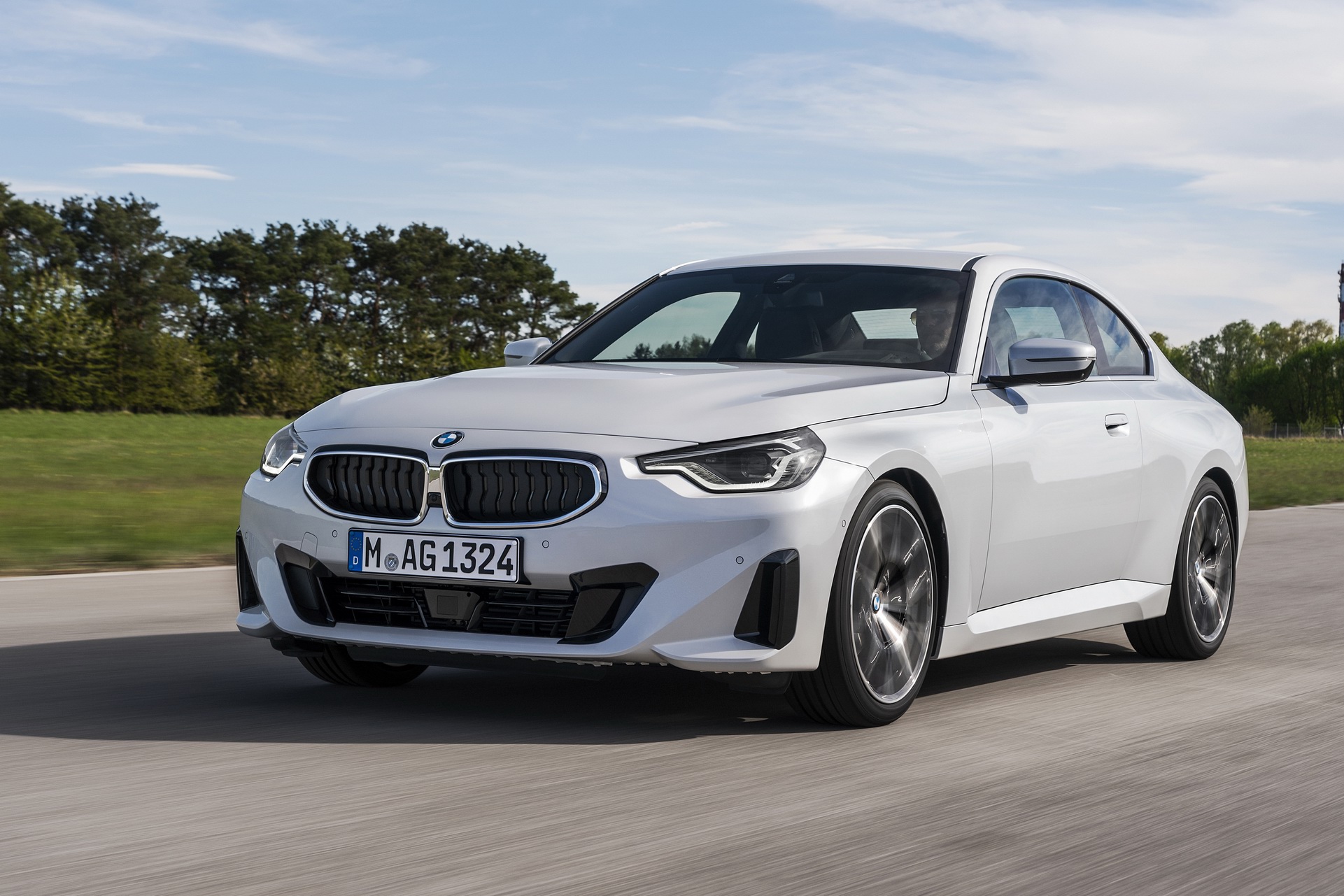BMW has taken plenty of heat for its ginormous new grilles on cars like the 4-Series, X7, iX and i4. And if renders floating around on the internet based on current spy shots of the next 7-Series are to be believed, those grilles are only going to get crazier.
It’s not rocket science to see why BMW would want to capitalize on its most recognizable styling feature, and having spent some time with the new M4 I’m coming round to the idea. But I can understand why many people wish BMW would just go back to its old grilles.
But which ones? When you start looking through BMW’s back catalogue you’re reminded that the latest grille designs are only the latest in a long line of constantly shape-shifting kidneys.
A Kidney-Free Start
BMW’s first cars didn’t have kidney grilles at all. The BMW 3/15 was an Austin Seven built under license and featured a simple upright radiator grille framed by a thick chrome bezel.
Related: Can We Fix The New BMW Grille Without Changing Its Size?
The kidneys didn’t make an appearance until the release of the 303 in 1933. And they were huge. Seeing one today certainly helps make sense of cars like the latest 4-Series.
By 1936, and the 326 sedan and 328 sports car, the kidneys were more clearly separated and slightly banana-shaped to fit new, aerodynamic bodywork. And this is mostly how they’d stay for most of the next 25 years.
Most, but not all. After the war, BMW was headquartered in Munich, West Germany, but its Eisenach plant was over in Russian-controlled East Germany. The Ruskies got it up and running, and put a restyled 326 with a very different horizontal grille into production, called the 340. Early cars wore BMW badges until the Munich crew’s lawyers prevailed and the name was changed to EMW. Yeah, no one was going to confuse those names…
No Radiator, No Grille
And in the 1950s, many of BMW’s cars didn’t have any grilles. The Isetta bubble car, its 600 big brother and the substantially less freaky 700 were all powered by rear-mounted, air-cooled BMW motorcycle engines, so had no need for radiator grilles, and the company didn’t bother adding them for decoration.
Even the BMW cars from the 1950s that did have kidney grilles treated them in a very different way. Compare the 507 sports car on the left with the 501 sedan on the right.
Things were similarly inconsistent in the 1960s. On the one hand, you had the introduction of the 1961 Neue Klasse, the first modern BMW sports sedan, the foundation for the company we know, and the birth of the current BMW face with its relatively short, wide kidneys flanked by two wider grilles.
But the 1965 CS coupe (top picture) featured a much longer grille, the 1968 BMW-Glas 3000 V8 had no kidney grille, only a propeller badge, and its Glas GT little brother (lower picture) got an itty-bitty pair of kidneys when BMW took over production and added its own engine and suspension.
Color-Coded Kidneys
While the Glas GT’s kidneys were merely tacked onto an existing design, starting in the 1970s BMW experimented with really making the kidneys part of the design. The 1972 Turbo Concept’s kidneys were molded into the bumper design, a trick we’d see repeated on the on the M1 production car in 1978, the E31 8-Series coupe, the Z1 sports car a decade later, and the 507-inspired Z8 that followed in 2000.
Sometimes, BMW used the shape of the kidneys to tell us about the car. When it introduced 3.0- and 4.0-liter V8 engine options to the 5-Series line in 1993, it initially fitted those models with very slightly V-shaped kidneys to visually distinguish them from the cheaper four- and six-cylinder cars (though it later extended the courtesy to all Fives.
It’s What’s Inside That Counts
And more recently it’s played with material within the kidneys to do the same thing. EVs like the i3 and i8 had solid grille centers, some M Performance models come with honeycomb grilles, and the latest M3 and M4 get horizontal slats instead of the traditional vertical ones.
And while we’ve yet to see it on a production car (though the 4-Series with the shadowline trim comes close), the fact that BMW has shown more than one concept with kidneys that bleed into one another suggests there may be even more radical changes to come.
Maybe not on every model, though. Even in 2021, BMW’s application of its jumbo grille strategy seems strangely inconsistent. While the latest 4-Series got the tombstone teeth last year, the 2-Series revealed earlier this month plays it defensively and sticks to a more conservative design.
Have you made peace with BMW’s designers, or do you still want to crush those kidneys? Let us know in the comments.










